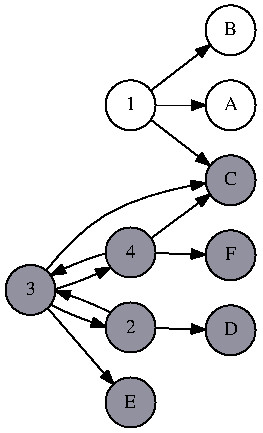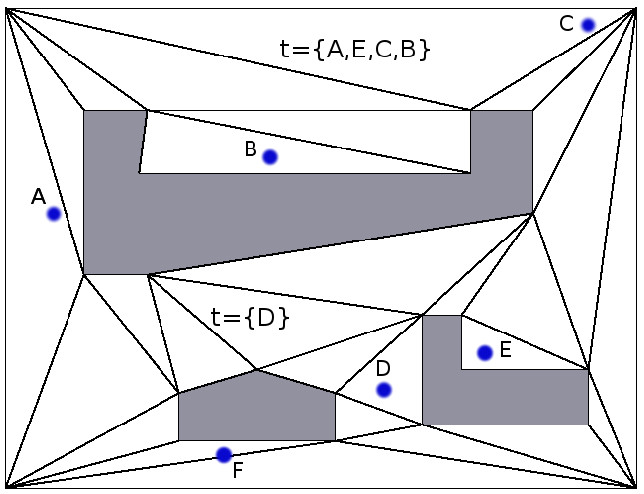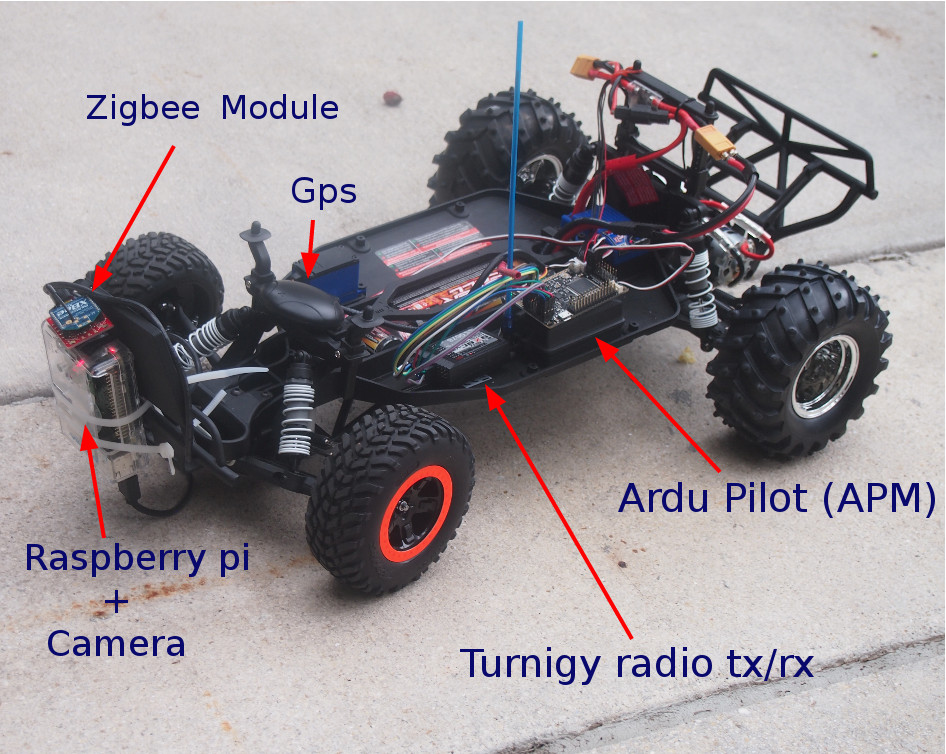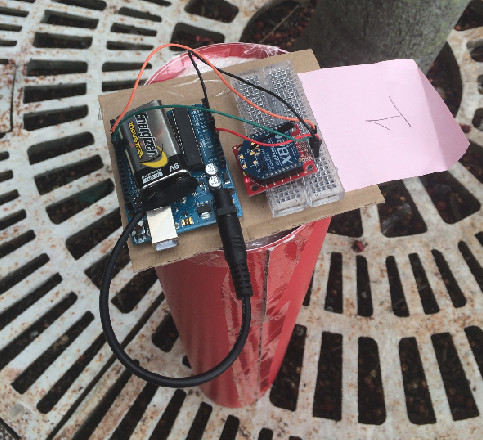Unit D moved downwards. System becomes communication invalid

A BFS search graph for communication invalid state

Set Cover approximation chooses regions greedily

Visibility Polygon Computation |
Unit D moved downwards. System becomes communication invalid
|
| A BFS search graph for communication invalid state
|
| Set Cover approximation chooses regions greedily
|
| Simple tours of vehicles in order to cover all the units
| |
Our serving vehicle with different computing modules |
A sample unit. Communication module is mounted on top |
Yellow unit is visible from the vehicle |
Vehicle is trying to reach the units |
Images captured and processed by the Rapberry Pi+OpenCV mounted on the vehicle |